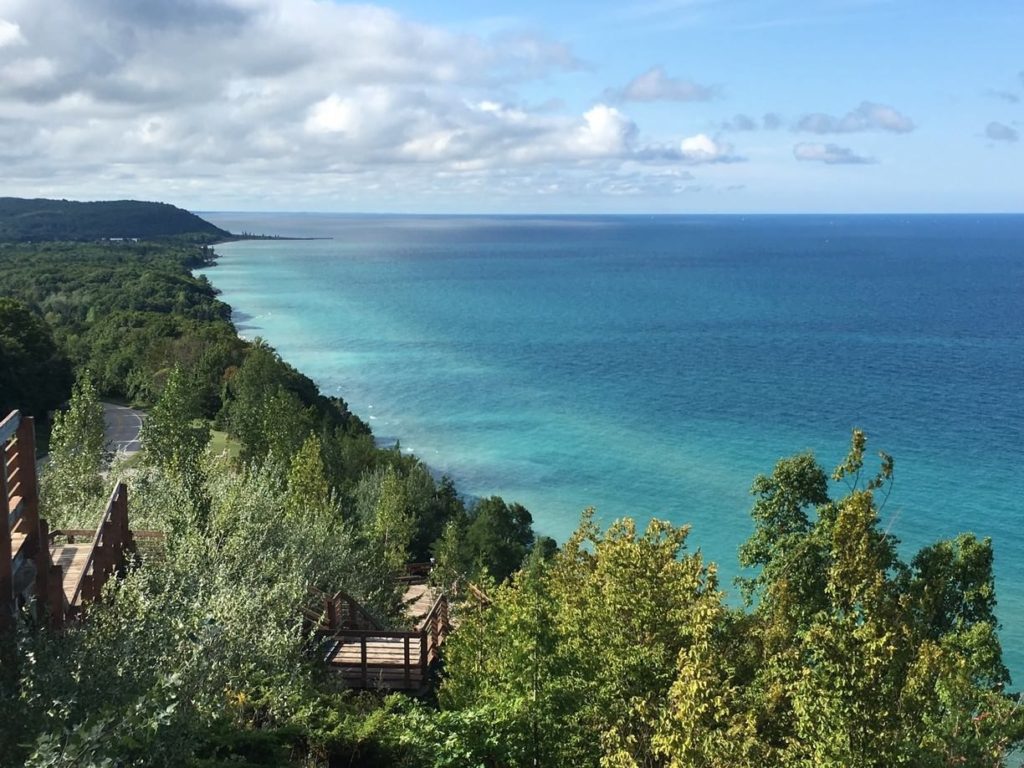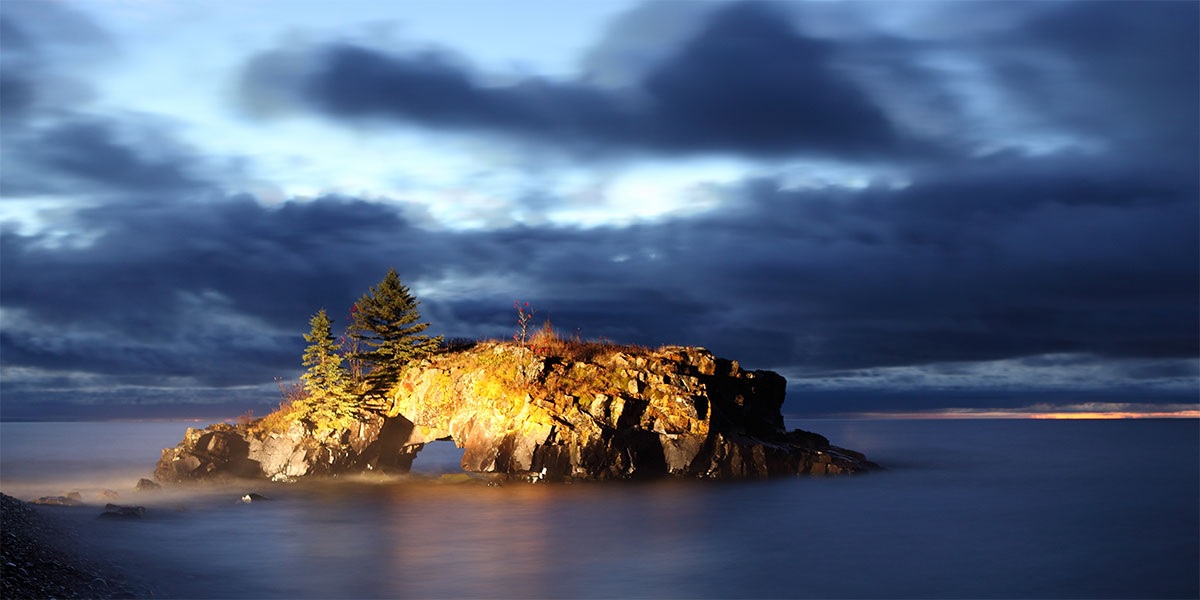During my recent tenure as Parliamentary Assistant to the Ontario Minister of Natural Resources and Forestry, I researched the status of our Great Lakes building on work I was involved in 20 years ago when I was then also Parliamentary Assistant to the Ministry of Natural Resources. At that time, much of the ministry’s work and direction was based on the results of the extensive Lands for Life consultation, which culminated in the Ontario Living Legacy Land Use Strategy.
A major project for me was continuing the good work done with respect to one of Ontario’s 10 Signature Sites – the Great Lakes Heritage Coast.
I feel we can learn from, and adapt in other areas, some of these successful initiatives to help protect and promote all of North America’s Great Lakes. For example, last year I traveled part of the beautifully-developed he North Shore Scenic Drive on the Minnesota shore of Lake Superior – part of the U.S. National Scenic Byways program. And of course Ontario’s Great Lakes Heritage Coast, the tourism and environmental planning initiative based on the province’s Living Legacy Land Use Strategy, stretching from Lake Superior’s U.S. border with Minnesota east and south through Manitoulin Island, and Georgian Bay down to the Severn River.
As with Lake Superior’s north shore, North America’s Great Lakes and St. Lawrence River Basin has undeveloped tourism potential, and has the natural environment and the ability to compete with top destinations on the planet. More than 30 million people and over 3,500 species of plants and animals inhabit our Great Lakes basin. But natural ecosystems and local economies around the lakes have deteriorated in the past, there is tremendous potential for both ecosystems and economies to be restored. North America’s Great Lakes-St. Lawrence River Basin comprise Superior, Huron, Michigan, Ontario, and Erie-the largest body of fresh water on Earth.
The Great Lakes and the St. Lawrence River Basin are shared by Ontario and Quebec in Canada and the U.S. states of Michigan, Wisconsin, Minnesota, Illinois, Indiana, Ohio, Pennsylvania, New York, and Vermont. The State of Michigan alone touches four of five Great Lakes and possesses the longest freshwater shoreline in the world. North America’s Great Lakes showcase dramatic land forms and vistas, unique and sensitive coastal wetlands, rock shorelines, natural inlets, deltas, islands, beaches, wilderness rivers and waterfalls.

The offerings are endless – trails, scenic lookouts, safe harbors, access points, roads, marinas, campsites and a wide range of tourism and recreation activities like camping, angling, hunting, kayaking, canoeing, sailing, power-boating, cruising, hiking, snowmobile, ATVs, mountain biking, wildlife viewing and nature appreciation, ice and rock climbing, golf, cross-country skiing, . . . A rich and diverse cultural and economic heritage is also associated with our Great Lakes.
Trading posts, logging camps, ghost towns, old docking areas, shipwrecks and lighthouses abound.
There are beautiful parks and protected areas. Attractions range from the mystical to the spectacular with Aboriginal spiritual sites; marine museums; working marine industrial ; and the lure of such cities such as Chicago, Toronto, Detroit, Buffalo, Erie, Cleveland and Thunder Bay. Enhancing tourism and the area’s natural attributes can further protect and promote our Great Lakes – St. Lawrence River Basin communities where economic stability and growth have all too often passed them by. For the Silo, Toby Barrett MPP Haldimand-Norfolk.
Featured image- Hollow Rock,Lake Superior,Ontario – hollowrockresort.com


Leave a Reply
You must be logged in to post a comment.